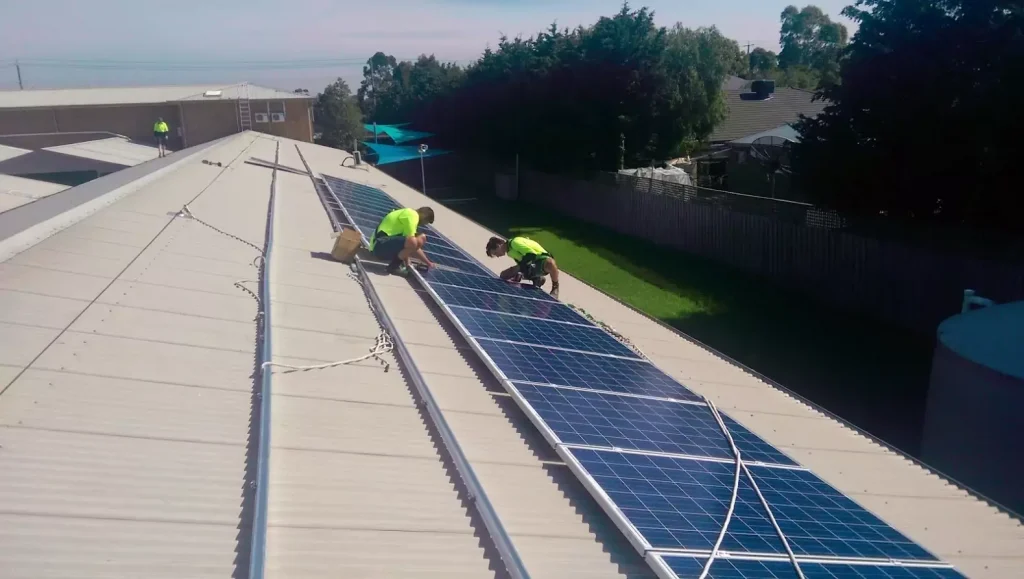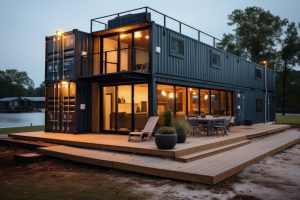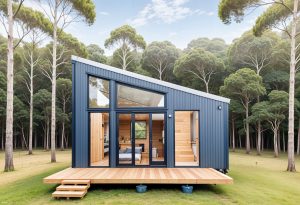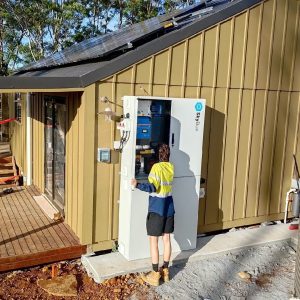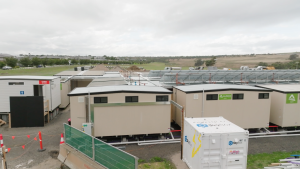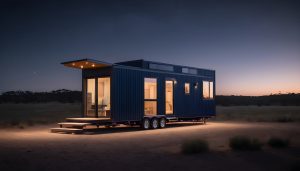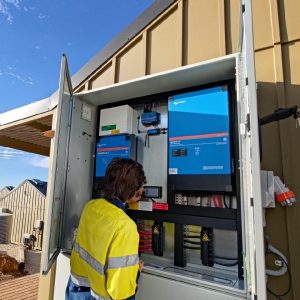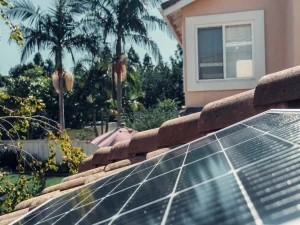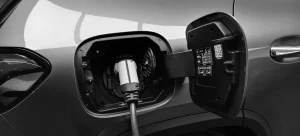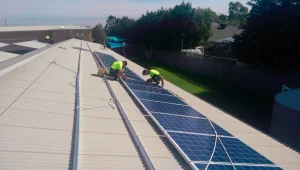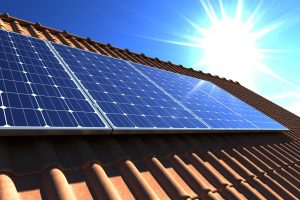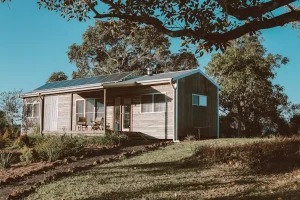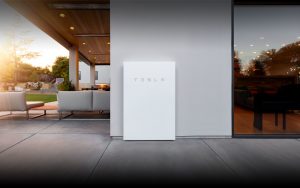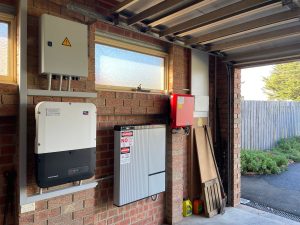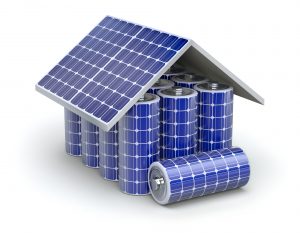Whether you are a small, medium or large business, there are many benefits to switching to solar energy, including reducing energy bills, reducing your carbon footprint, improving the value of your business, and even taking your business completely off-grid.
In recent years the price of commercial solar has dropped whilst energy retailers have increased and show no sign of slowing down. The estimate of payback time for a solar system is about 4-6 years, after which time the energy you generate is essentially free, and you own the solar asset.
From our experience, a commercial solar system pays itself back much faster than a residential system. Because solar energy generates during the daytime, retail and manufacturing businesses that run during the day benefit greatly from solar power, using the produced solar energy in real-time.
This high level of self-consumption as opposed to a home, for example, where people may not be present during the day when the solar system is producing the most energy, which may go to waste.
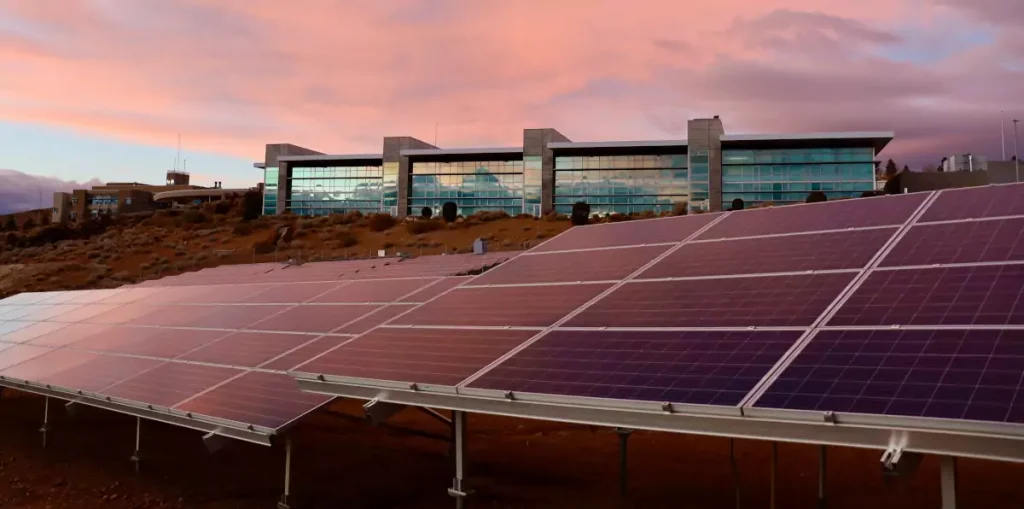
Depending on your business requirements, many other options are available to increase solar savings, such as feeding back into the grid or storing energy in solar batteries. Supercapacitors, like batteries, are another excellent choice for energy storage.
There are benefits to using a supercapacitor, such as substantially faster charge time and, perhaps most importantly, a much longer lifespan than a lithium-ion battery. Supercapacitors also have a wider operating temperature, making them more suitable for some industrial applications.
Having enough space to install the right amount of solar panels is also essential to allow your solar system to meet your business needs. Ultimately you can achieve complete independence from energy retailers and never have to pay a power bill again!
Here at SkyEnergy, we run our entire business off-grid with a 15kW solar system (40 solar panels), charge controller, SMA 5kW inverter, and 15kWh supercapacitors (batteries). In other words, there are lots of different choices to help a business maximise solar savings. Starting with simple ‘solar savings systems’ to ‘peak lopping’ (removing peak demand requirements which can cost a fortune) or taking the company completely ‘off the grid’, like we have (also useful for black-out backup).
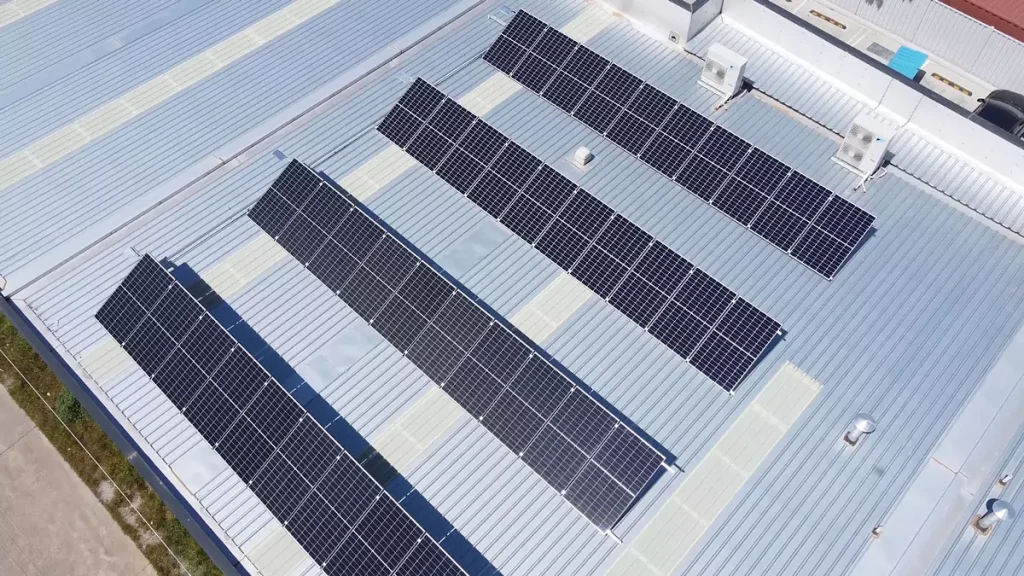
Another note is that the Australian government offers financial incentives for small businesses switching to a renewable energy source.
Read about financial incentives here.
System Sizes
For reference: an average residential or home solar system is 6.6kW and has about 18 panels.
10-30kW
Installing a 10-30kW commercial system falls under the same grid connection rules as residential systems. It usually doesn’t require any special engineering applications apart from the initial pre-application submission.
Generally, up to 10kW (per phase), a solar system can gain network approval quickly. However, if installing a new solar system exceeds the network distributor’s transformer capacity, the distributor may limit the solar installation size. A 30kW system generates about 120 kWh of electricity a day, equating to approximately $2000 per month of savings.
30-100 kW
A 30-100 kW sized system is most suited to a medium-sized office building or smaller retail business and provides an incredible return on investment.
A solar array of this size requires specialist systems to protect the grid from the large amount of energy they can generate and permissions from your local Distributed Network Service Provider (DNSP). Due to the engineering involved, a reputable solar commercial specialist is the best choice when planning or installing larger solar systems.
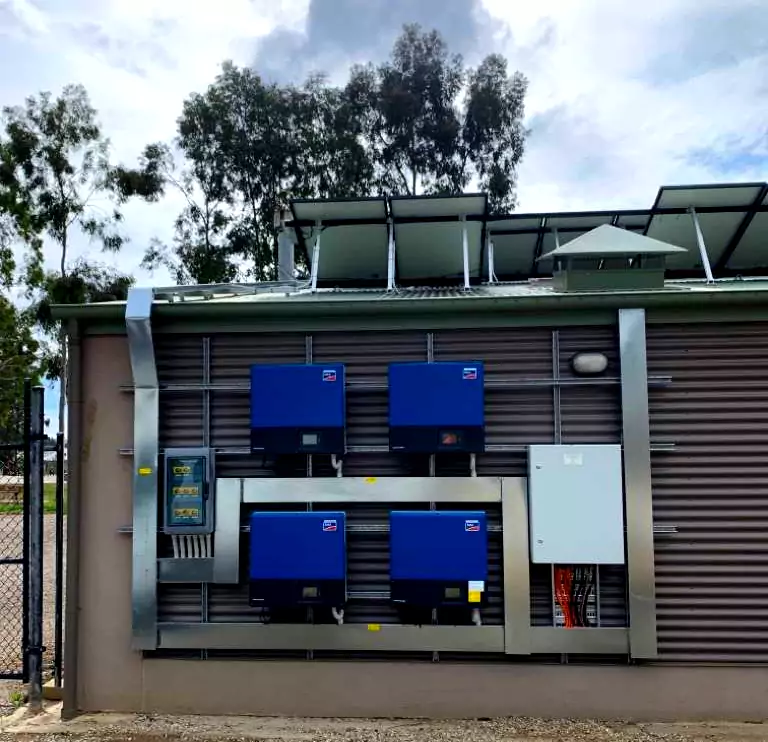
100 kW and over
For more energy-intensive businesses, for example manufacturing facilities or large office buildings, a 100kW commercial solar PV system is a suitable alternative.
Although the STC’ rebate’ is no longer available for an install 100 kW and over, you can apply for a Large Scale Generation Certificate – read more about LSGCs here.
A 100kW solar system requires 380 to 410 PV panels. As each panel usually measures around 1.6-metre x 1-metre, you will generally need about 656m2 of roof space.
Things to be aware of
Grid Limitations
When installing a 30 kW+ commercial solar system in Australia, you must cite the network’s approval for the system. Every sizable commercial solar system connected to the grid must be approved, and different states and regions have varying criteria.
Suppose you are installing a more extensive commercial size system. There will be certain conditions to be aware of, such as limiting devices to prevent overloading the grid with excess energy. Meeting these particular conditions requires extra equipment and cost, affecting projected savings, so it’s worth researching before analysing investment cost. The company helping you with your solar quote should supply these details in the proposal.
Monitoring and maintenance
It is essential to have the ability to monitor both solar energy generation and your gross electricity consumption to analyse your usage and how it contributes to your savings. This type of monitoring means you can view the before and after values of your systems contribution to your business hourly.
As for maintenance, CEC requires installers to provide a comprehensive maintenance schedule as part of the install, either organised by the company or an arranged third party.
Commercial Solar Case Study
Belgrave Heights Christian School
- Curved Roof, DC Optimised
- 100KW DC Optimised (SolarEdge) Solar System
- 100KW Canadian/DC Optimised Solar System
- Individual panel monitoring
Sky Energy installed this magnificent 100KW Solar System for Belgrave Heights Christian School. BHCS wanted to reduce their electricity bills, and because the school uses most of its power during daylight hours, solar was the best solution. Sky Energy installed the solar system over several of the school’s buildings, which had to be electrically balanced by our electrical engineers to assure grid compliance.
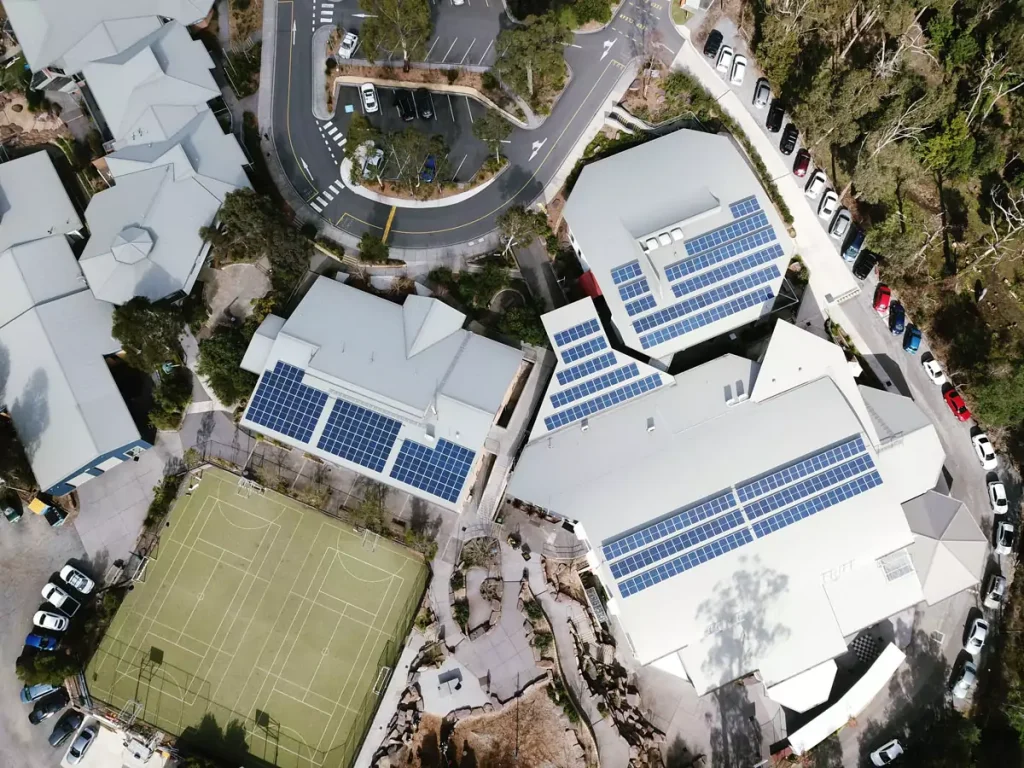
The most advanced part of this system is DC Optimisation. DC Optimisation means the school can see how each solar panel performs in real-time and quickly resolve any panel performance issues. This monitoring means the school can achieve close to 100% uptime.
In contrast to a regular solar system, where if part of the system wasn’t working, it could be challenging to tell. The solar system is on track to save the school about $40,000 a year, and they will see a return of 3-4 years on the initial investment.
While Belgrave can see the system performance in real-time, Sky Energy monitors the system in our offices and notify Belgrave staff if any panels are playing up or parts of the system that need maintenance. Because of the high-quality panels and inverter, the system will continue to perform at a high level for many years to come.

